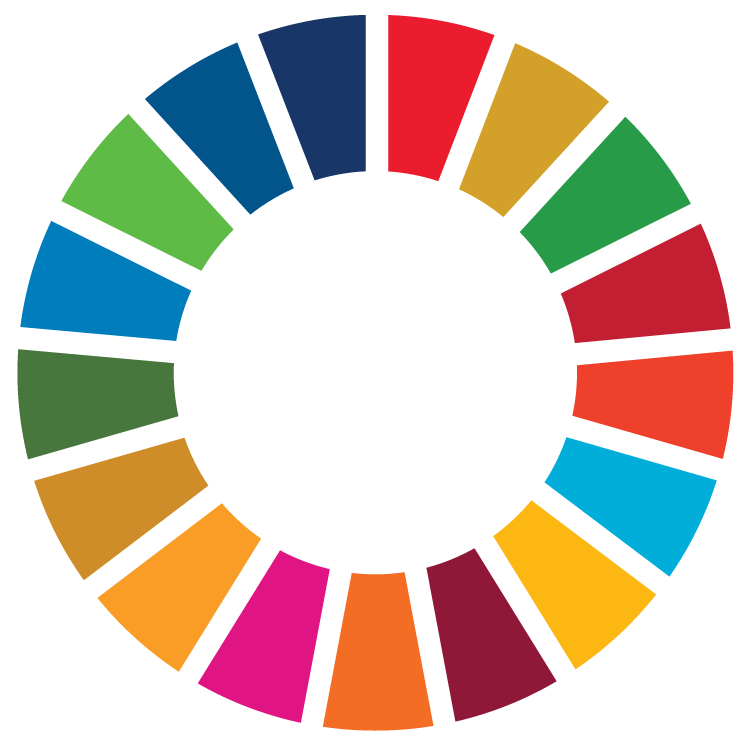Reporter: Dr Lamun Kayurin
Evidence date: 4th July 2024, 24th July 2024

Related to:
Indicator relate to : 17.2, 17.2.5
In 2024, RUTS collaborated with NGO for SDGs to tackle the SDGs through: student volunteering programme, research programme and development of educational resources.
For instance, On July 4, 2024, at the Pak Phanang River Basin Development Coordination and Operation Center under the Royal Initiative, Mr. Korpong Joikaew, Director of Irrigation Office 15, officially received a Water Hyacinth Processing Machine—an innovative device designed to convert invasive aquatic plants into eco-friendly biodegradable seedling pots. The project was jointly developed by Mr. Panyapong Songpayom, Head of the Dissemination Division at the Center, and Dr. Prasert Nontakan, Lecturer at Rajamangala University of Technology Srivijaya (RUTS), Nakhon Si Thammarat Campus. The machine serves as a prototype innovation for transforming water hyacinth and other local vegetation into value-added products that generate income and environmental benefits for communities. This initiative reflects a collaborative effort between the Royal Irrigation Department, the Office of the Special Committee for Coordination of Royal Projects, and RUTS to develop sustainable management strategies for aquatic ecosystems in the Pak Phanang Basin Project area. By turning an environmental nuisance into a renewable material, the project promotes sustainable local entrepreneurship, supports eco-friendly agricultural practices, and encourages community-based resource management. In conclusion, this innovation contributes significantly to the advancement of multiple United Nations Sustainable Development Goals (SDGs). It supports SDG 12 (Responsible Consumption and Production) through the creation of sustainable, biodegradable products that reduce plastic waste; SDG 13 (Climate Action) by mitigating environmental pollution; SDG 14 (Life Below Water) and SDG 15 (Life on Land) through the restoration of aquatic and terrestrial ecosystems; SDG 8 (Decent Work and Economic Growth) by creating new income-generating opportunities for local communities; 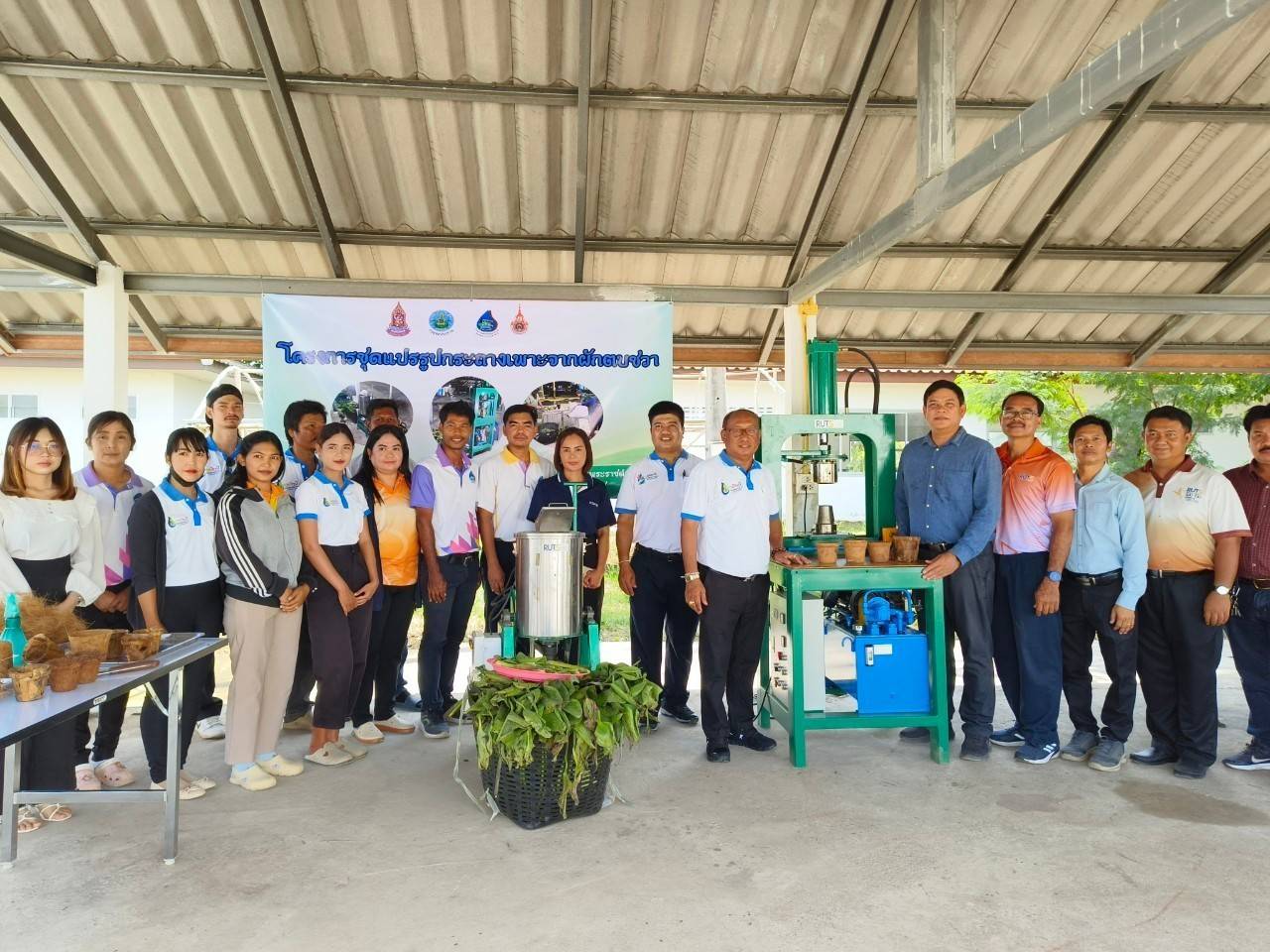 and SDG 17 (Partnerships for the Goals) by exemplifying effective cross-sector collaboration.
and SDG 17 (Partnerships for the Goals) by exemplifying effective cross-sector collaboration.
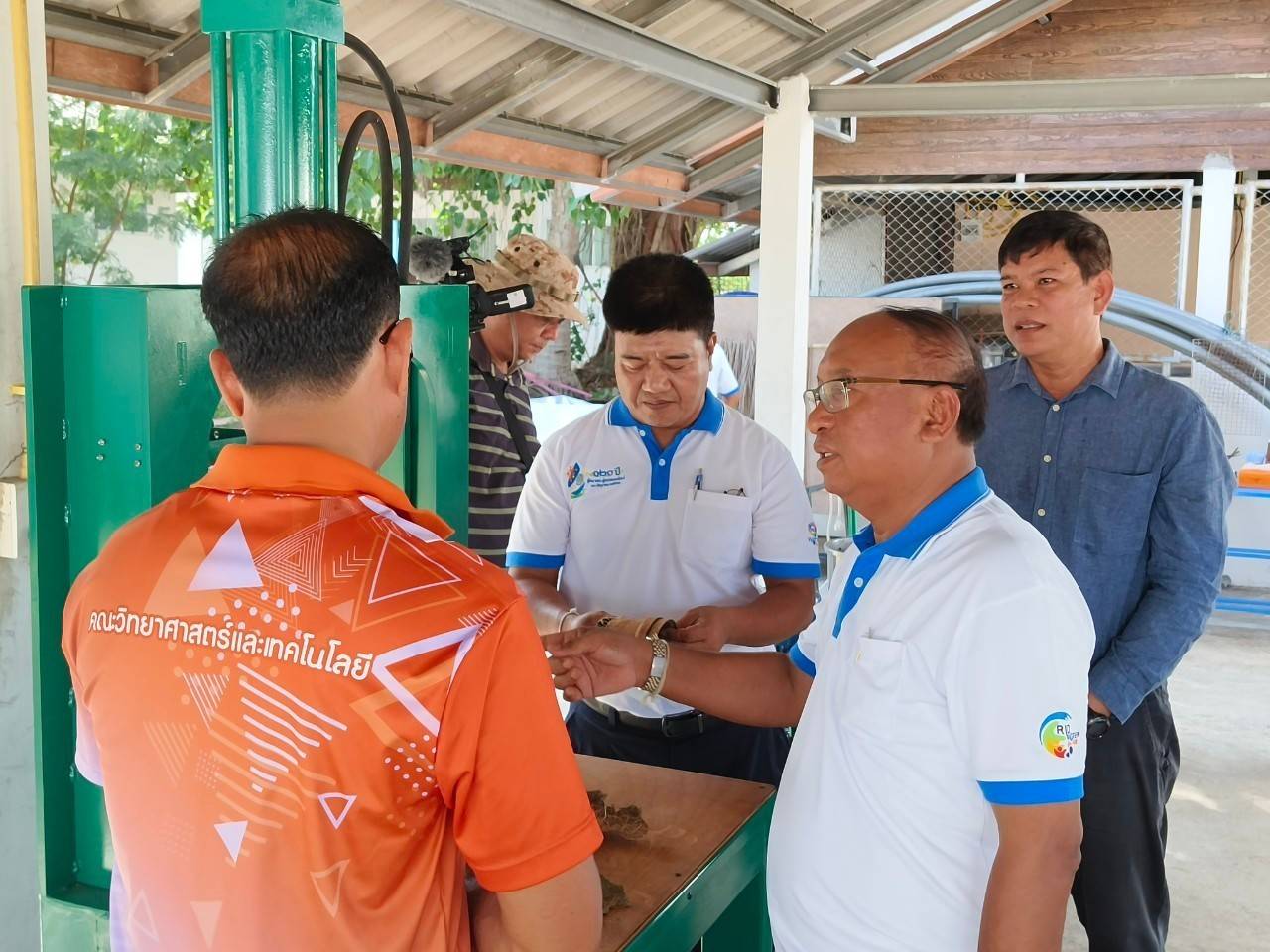 .
.
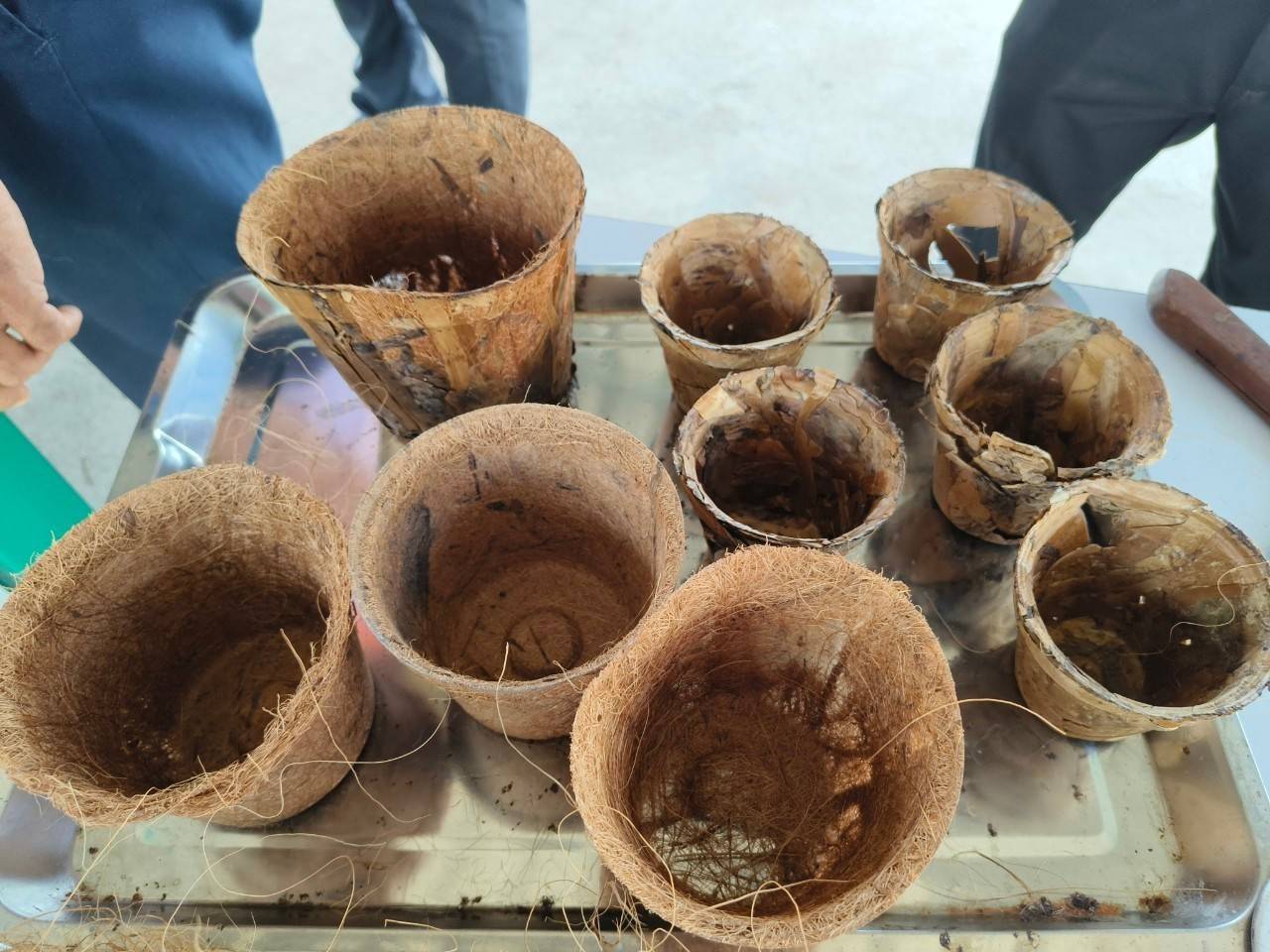
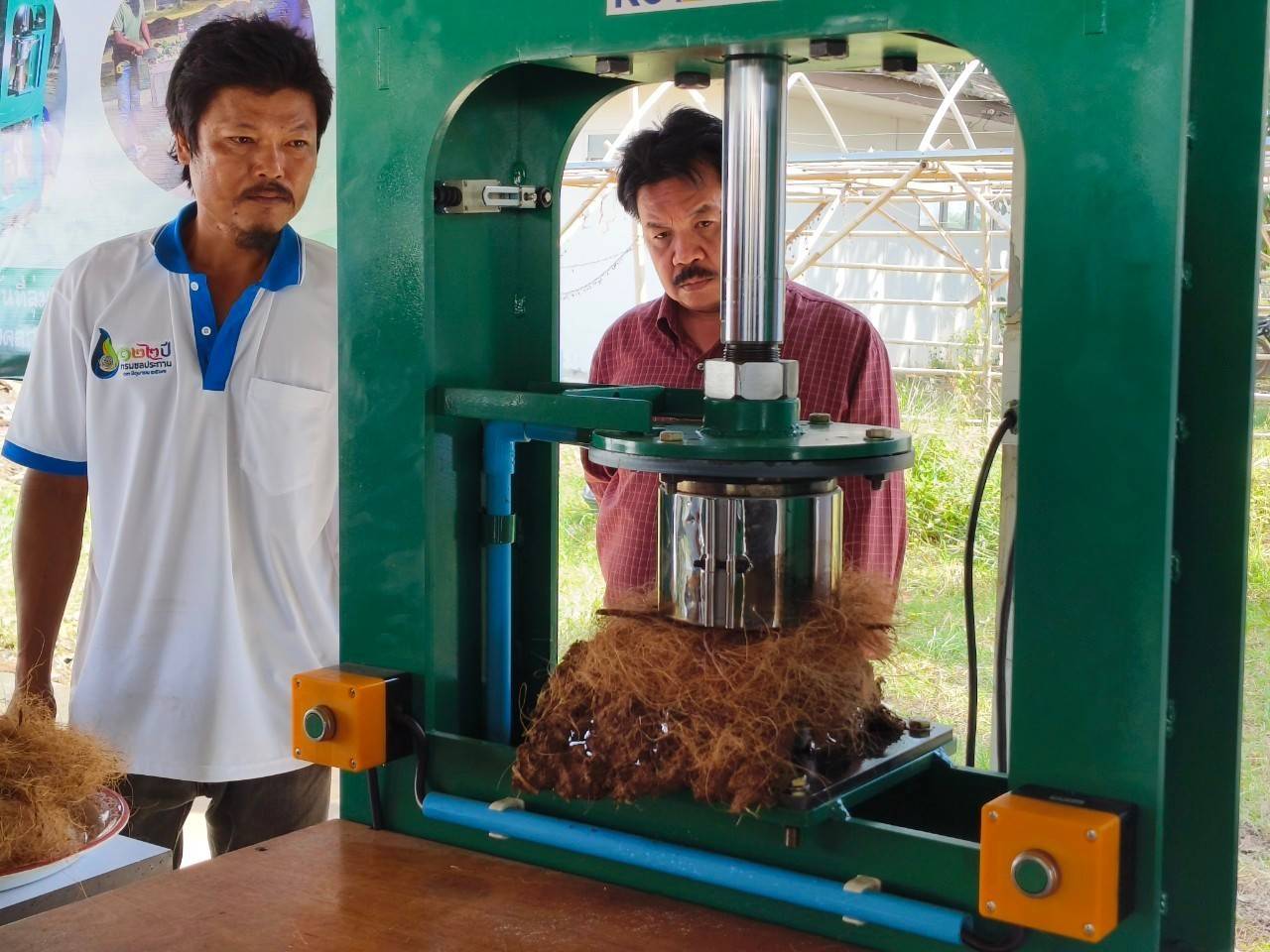
Related to link:
https://www.facebook.com/share/p/17DjcqmiB7
Furthermore, Songkhla Municipality, in collaboration with researchers from Rajamangala University of Technology Srivijaya (RUTS), implemented the “Air Pollution Early Warning System for Songkhla Smart City”, funded by the Program Management Unit for Area-Based Development (PMU-A, Fiscal Year 2020). The project established a real-time air quality monitoring and public alert system, designed to notify residents when particulate matter (PM) or other pollutants exceed safety thresholds. By strategically deploying and maintaining air quality monitoring devices across the city, the initiative enhances proactive urban environmental management and public health protection, contributing to the sustainable development of Songkhla as a smart city. In conclusion, from an SDG perspective, the project advances SDG 11 (Sustainable Cities and Communities) by promoting resilient urban infrastructure, SDG 3 (Good Health and Well-being) by reducing pollution-related health risks, and SDG 13 (Climate Action) by facilitating informed local responses to environmental challenges. The initiative demonstrates how smart city technologies can operationalize SDG targets through evidence-based, data-driven urban governance.

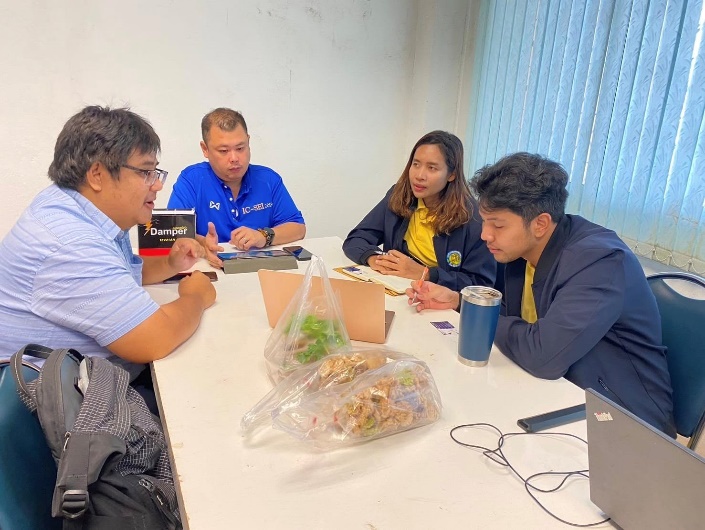
Related to link:
